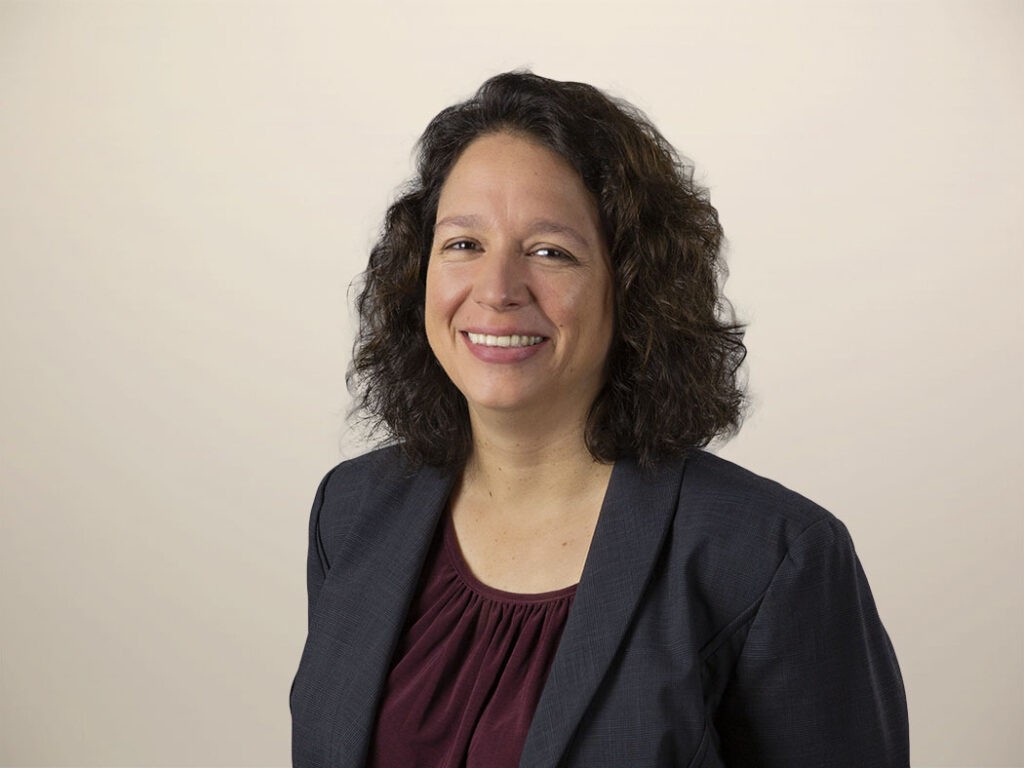Introducing The Green Market Revolution
Ethics have only gotten us so far in terms of making the critical changes we need for people and the planet. In fact, it hasn’t gotten us very far at all. Carbon emissions are at all time high — CO2 emissions rebounded in 2021 and erased the 5.2% reduction in 2020 emissions in just a year’s time. What will be the catalyst for true business transformation will be the unprecedented market opportunity ahead of us — what Forrester calls the green market revolution. This revolution gives businesses the opportunity to offer new environmentally sustainable products and services for everything from how we make products, plug in, finance and protect assets to how we get goods and ourselves around and even what we eat. Because it touches everything we do, the opportunities are immense in three areas: new markets, markets that address sustainability requirements, and markets that address the adaptations needed to withstand irreversible climate change effects. In fact, this opportunity is so large that it is akin to the first and second industrial revolutions. And like those revolutions, governments are funding some of the first steps. Forrester estimates that the US and the EU alone are currently spending $1.4 trillion toward environmental sustainability and climate adaptation, while there is $17.5 billion in VC funding for green tech, and the market for green financial instruments globally is $658 billion. Other countries such as South Korea are stepping up in kind — the Korean Green New Deal is estimated at $61.2 billion.
To categorize the different areas of opportunity, we took inspiration from Bill Gates’ book, “How to Avoid a Climate Disaster.” Because his book focuses on how to get the world to zero carbon emissions, we modified and added to his categories to properly establish market opportunities. Our categories are how we make products, how we get (us and goods) around, how we plug in, how we heat and cool our environments, how we finance and protect our assets, what we eat, and how we adapt. Consider that:
- How we plug in will get the biggest money investment, but it’s going to take more than that. Between the recent US and EU environmental sustainability bills, over $690 billion is earmarked toward how we plug in and is by far the largest government investment category. But it’s not just having the infrastructure; there are also problems to solve with process. If all the US projects that applied to connect with the grid at the end of 2021 were immediately built, 80% of electricity would be clean eight years early. That sounds great, right? The problem is that each request includes an “interconnection agreement” with the grid operator, and currently there is an “interconnection queue.” As of 2021, the average power project was spending four years on the queue, compared to 2.1 years in the 2000s.
- How we get (us and goods) around is not just about EV cars. Laws like the one in California have set an egg timer on gas-powered vehicles, and the charging stations needed to move to all electric cars will make it easier to move us around. But all of transportation must change, not just cars, including airplanes, boats, and trucks. But even then, there is more work to be done and therefore more market opportunity in the form of IoT, telematics, and predictive analytics. For example, solutions are needed to create environmentally sustainable routing.
- How we heat and cool our environments requires a host of new inventions. Powering our buildings and houses with solar, hydropower, and wind power will definitely help, but look for new markets such as geothermal power generation, sustainable cold chains, nature-based solutions, and thermally driven and movement-activated air conditioning. All of these new markets will help reduce the 15% of global carbon emissions coming from heating and cooling buildings.
Want to learn more? Schedule a guidance session with me or any of the many analysts across Forrester who write about the green market revolution.
Clients can read more about the green market revolution here. If you aren’t yet a client, you can get complimentary resources on the sustainability solutions hub.
